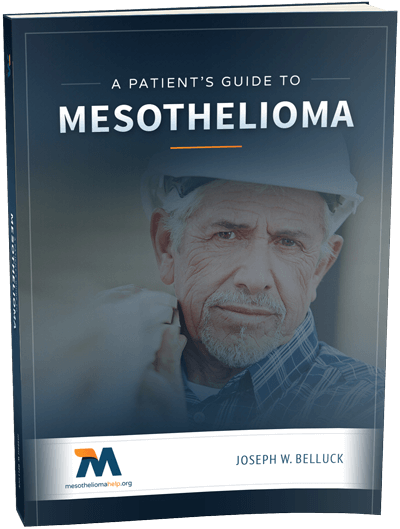Category: Uncategorized
British Salesman Beat the Odds, Enjoyed Life After Mesothelioma Diagnosis
When Jon Matthews received word in April 2006 that he had mesothelioma and only months to live, the retired salesman decided to bet that he could outlive his doctor’s prediction.
Refusing to accept a quick death sentence, Matthews, who lived in Buckinghamshire, England, placed a £100 wager with odds of 50-to-1 that he would live until 2007. He won £5000—the equivalent of about $7,500 U.S. dollars.
Defying the odds, Matthews placed another bet of the same amount and odds that he would survive until June 1, 2009. He pocketed another £5000.
Bookmaker Graham Sharp, who took what he called the unique bet, told The Daily Mail newspaper that the bets had given Mr. Matthews an incentive to fight the disease, which is closely linked to asbestos exposure. Sharp said he was delighted to pay out the winning bet twice.
Sharp described Mr. Matthews as a positive man who had given much of his winnings to charity, but also spent some of it enjoying himself and betting on horses and dogs.
Matthews placed a third bet of £100 with 100-to-1 odds that he live until June 1, 2010. He would have collected £10,000 if he’d lived another few weeks. But he passed away on May 4 at the age of 60.
Still, he focused on enjoying life after receiving the diagnosis and lived far longer than expected.
Sharp said he was very sad when he heard that Mr. Matthews had died and was delighted that the wagers had given him so much enjoyment.
“He proved that what is often dispiriting news from a doctor doesn’t necessarily mean you can’t make the most of the time you have left,” Sharp said.
Educating Workers On Mesothelioma Has Come a Long Way
By Nancy Meredith
Asbestos is a known carcinogen, a substance that causes cancer, and when airborne asbestos fibers are inhaled into the lungs the person is susceptible to contracting asbestos-related diseases such as mesothelioma, asbestosis and lung cancer. Asbestos was added to a variety of products including insulation, automotive brakes, fireproofing, pipe covering, cements, gaskets, floor tiles and joint compounds, endangering the health of those workers that came into contact with the asbestos fibers.
With a latency period of up to 50 years, many people diagnosed with mesothelioma do not make the connection to exposure of asbestos on the job many years ago. Unfortunately, many of them were not made aware of the dangers of asbestos while they were working with the products even though the health hazards were known as early as the 1920s.
Even after the companies learned about the dangers of asbestos and risk of malignant mesothelioma some still did not issue any warnings to their employees until the 1970s. The companies did not offer protective gear, clothing or guidelines for handling the products containing the mineral. In fact, the worker’s families were also put at risk for developing mesothelioma simply from coming into contact with the stray asbestos fibers and particles that built-up on the worker’s clothing, shoes, skin and hair.
In 1986 the Occupational Safety and Health Administration (OSHA) began requiring “Material Safety Data Sheets” for hazardous materials. As opposed to hiding the hazards of working with chemicals, companies are now required by law to disclose information about all chemicals in products having scientific evidence that they pose a health risk regardless of concentrations present in the product.
The Hazard Communication Standard states that “all employers with hazardous chemicals in their workplaces must have labels and MSDSs (Material Data Safety Sheets) for their exposed workers, and train them to handle the chemicals appropriately.” The mandate further states that employees have the right to know the hazards of materials they work with, as well as the appropriate steps they can take to protect themselves.
Information on an MSDS for an asbestos-containing product may include:
- Potential health effect
- Evidence for carcinogenicity
- First aid measures
- Firefighting measures
- Accidental release measures
- Handling and storage
- Exposure controls
- Disposal considerations
Avoiding exposure to asbestos is the first step in preventing the disease. However, being informed on which products potentially contain asbestos, how to handle asbestos products, and what situations to avoid when working with asbestos are other ways in which mesothelioma may be prevented. MSDSs are designed to provide that information.
There is no known cure for mesothelioma once diagnosed, however, educating the workers and the public and removing risk factors can help prevent contracting the disease in the first place.
Free Mesothelioma Patient & Treatment Guide
We’d like to offer you our in-depth guide, “A Patient’s Guide to Mesothelioma,” absolutely free of charge.
It contains a wealth of information and resources to help you better understand the condition, choose (and afford) appropriate treatment, and exercise your legal right to compensation.
Download Now